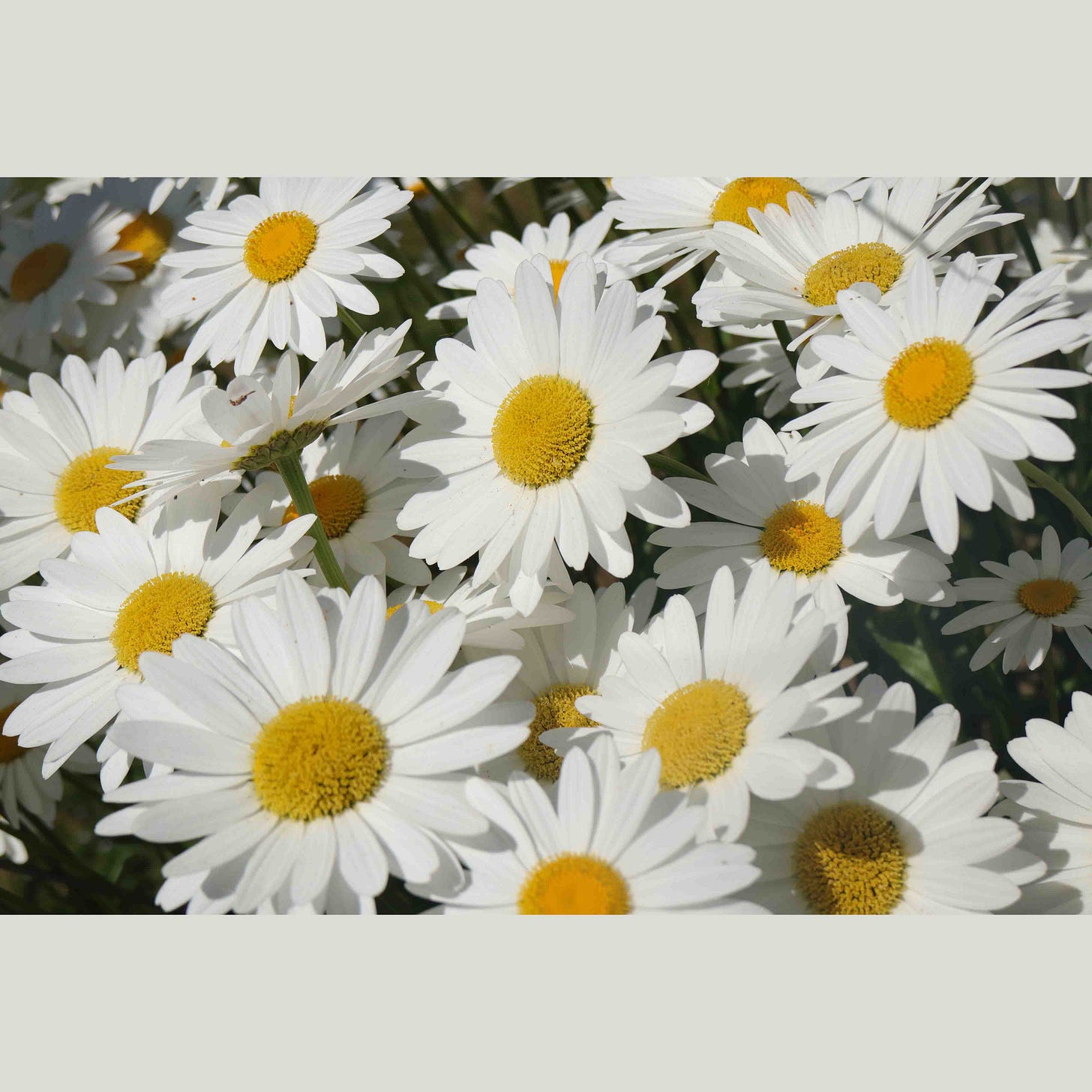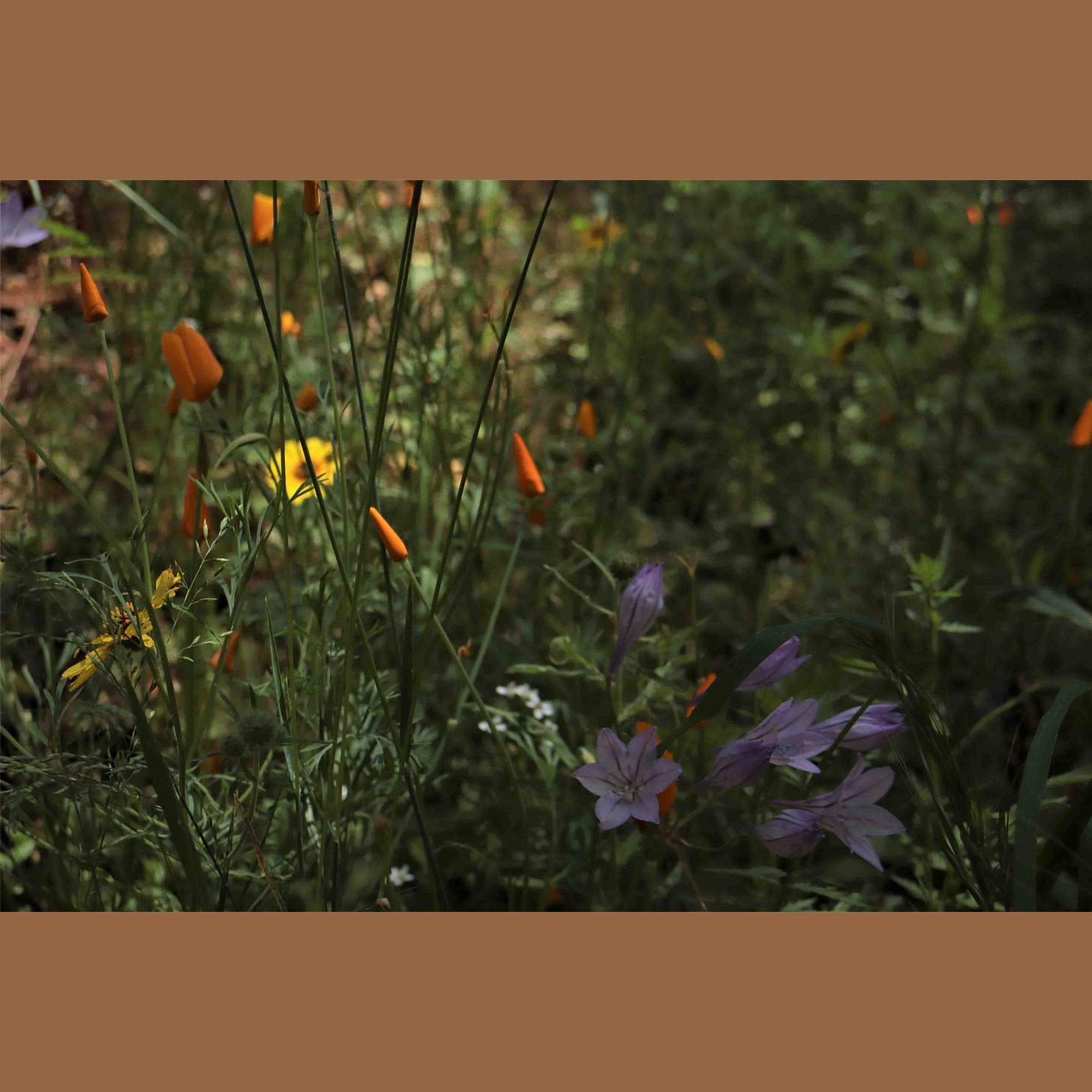This is the 4th posting in a series of 73, released every 5th day in 2025
0. Momentum Metanoia 1. The Root: Fuel’s Potential 2. The Organism Prism
Three signifies the emergence of a singular identity by means of recognizing a position upon the spectrum; this identity is defined according to the polarities which generate the spectrum.
As a flower comes to generate seeds, these seeds generate genetic differentiation. They are from the same source (fruit), but will not become the same as the source or as one another. In some ways, this can be viewed through the lens of the scientific process. The source (fruit), in this example, is the origin point of the seeds for that generation- but, just as the seeds it has created, it too was once a seed among many other seeds. This variation goes on and on, back to the origin of the species; to the origin of the genus; of the family; of the order; of the class; of the phylum; of the kingdom; back to the origin of the domain if considered through the broad lens of taxonomy. Color is a broad lens, broken down into primary, then secondary, then tertiary, then further and further into the minutia of decimal percentages that designate a name unto itself.
Little by little, broad variation has risen from subtle alterations generation to generation. If approached from a pure curiosity, the scientific process does not generate accolades or awards- to arrive to the observation of the scientific process is the accolade itself. That is to say: each generational seed is tasked with thriving to the point of creating a new generation of seeds. Some will generate multiple generations; some will generate only one generation; some will not generate any, and some will not maintain survival to see a full season’s rotation.
Observing this, it can be assumed that the genetic sequence is altered through direct experience. It is as if the gene sequence itself is an unbroken written record spanning millennia, rooted within its own patterns of survival and bound to them. Unknown to the seed, it is running its own experiment to confirm the efficacy of the gene sequence for the sake of generating its own sentience.
The generation of sentience rises from being challenged, of rising into the individual authority to author a new script extended beyond what is the established gene sequence. There is value for the gene sequence to maintain a pool of stability once it has become established within a favorable environment; in this space, variation is seen through the subtle fine-tuning of what is already known. Stability is in hand with predictability in this type of environment; if factors outside of the control of the gene sequence influence the environment outside of its own survival range, success is not measured in magnitude first but in adaptability.
It would have appeared that the gene sequence was powerful prior to the influence which challenged its position due to its capacity to thrive in magnitudes. Would it be measured as a loss within the gene sequence if all who functioned within the predictability range could not survive the challenging influence except for one sole survivor who adapted? To say that simply: the gene script learns a tremendous amount by having run multiple variations in many different directions but all of them coming to fail except for one stand-out specimen. In this way, a new foundation would be laid from which the gene sequence would be developing. This foundation would be recognized as an evolution in intelligence; although it was not the aim to come near extinction within this particular environment, the development of this new experiential knowledge would be seen as priceless for the generations to come.
Prior to the introduction of this challenging influence, the collective gene sequence across the many different phases of life-cycle development would otherwise label themselves as “green.” “We are green, and those others are blue, and those others are orange, etc.” Due to the stability and predictability within the environment, there would be no cause to recognize differentiation on a subtle, individual level. The seasons would be in cycle just as the generations would be in cycle. Individuality would not become a subtle awareness without the existential conflict; life would move in sequence and pattern with what was working, and seemingly was sustaining itself. “Follow the formula,” programming, etc.
The time would come to distinguish from the group identity for the sake of individual sentience. As the existential challenge would come to be met, the observed spectrum would minimize; the subtle differences in “green” would begin to show. 99% yellow with 1% blue is still technically green; same is true for 99% blue, etc. Between these points sets the distinction for identities within the spectrum green. Each flower identifying as “green” within this example is offered the opportunity to further differentiate unto a position upon the spectrum; this identity is defined in proximity to the polarities which set the spectrum.







